Dissolvable Stitches: The Future of Seamless Healing
Say goodbye to the hassle of traditional stitches and painful removal appointments! Dissolvable stitches, also known as absorbable sutures, are transforming wound care by offering a seamless and efficient healing experience. Made from specialized materials like polyglycolic acid or polylactic acid, these stitches naturally break down in the body over time, eliminating the need for manual removal.
One of the biggest advantages of dissolvable stitches is their ability to minimize discomfort and scarring. Unlike traditional sutures, which require extra medical visits, these advanced stitches dissolve on their own, reducing the risk of infection and making recovery more convenient. They are particularly beneficial for internal wounds, surgical incisions, and delicate areas where stitch removal might be difficult.
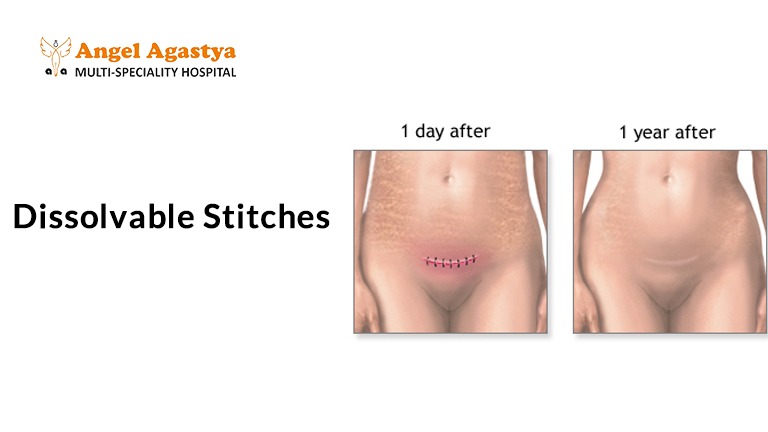
However, while dissolvable stitches offer a hassle-free solution, they are not always the best choice for every type of wound. Some wounds require longer-lasting support, and in rare cases, certain individuals may experience mild irritation or delayed absorption.
Despite these minor considerations, dissolvable stitches represent a major leap forward in medical technology, ensuring faster healing with less stress. Whether for minor injuries or major surgeries, they provide a smoother path to recovery—one stitch at a time!
Introduction
Medical advancements continue to revolutionize patient care, and dissolvable stitches, also known as absorbable sutures, are a prime example. These sutures have transformed the way wounds heal by eliminating the need for a follow-up procedure to remove stitches. Instead, they gradually dissolve within the body over time, providing a seamless and more comfortable healing process.
This innovation offers several advantages, including faster recovery, reduced discomfort, and improved cosmetic outcomes. Whether used in surgeries, dental procedures, or wound closures, dissolvable stitches have become an integral part of modern medical practice.
In this comprehensive guide, we will delve into the details of dissolvable stitches—how they work, their benefits, applications, potential risks, and post-care tips—to help patients and caregivers better understand this medical marvel.
Understanding Dissolvable Stitches
Traditional sutures have long been used in medical procedures to close wounds and incisions, providing the necessary support for tissues to heal properly. These sutures are typically made from non-absorbable materials such as silk, nylon, or polypropylene, which require manual removal by a healthcare professional once the wound has sufficiently healed. While effective, this process can be inconvenient and sometimes painful for patients.
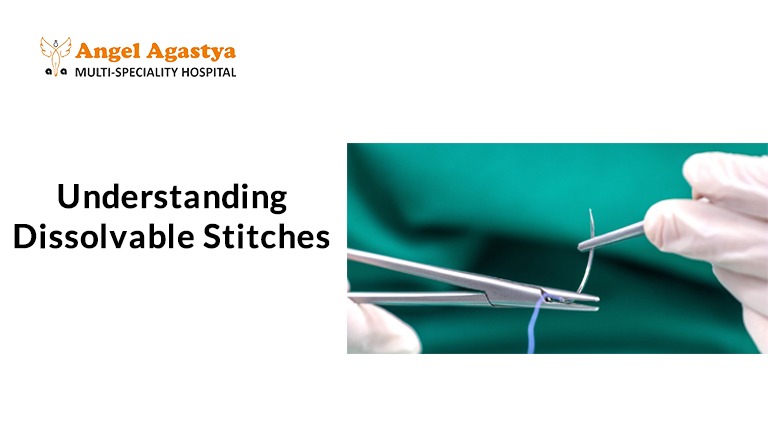
In contrast, dissolvable stitches—also known as absorbable sutures—represent a significant advancement in wound care. These stitches are made from materials that naturally break down and are absorbed by the body over time, eliminating the need for removal. This innovation not only enhances patient comfort but also reduces the need for follow-up medical visits, making it a convenient option for both doctors and patients.
Types of Materials Used in Dissolvable Stitches
Dissolvable stitches are classified into two main types based on the materials used:
- Natural Materials
- Catgut: Derived from the intestines of sheep or cows, catgut sutures are among the oldest absorbable sutures used in medicine.
- Collagen: Used in specialized surgical applications, particularly in ophthalmic surgeries.
- Synthetic Materials
- Polyglycolic Acid (PGA) – Vicryl: A commonly used suture material known for its predictable absorption rate.
- Polydioxanone (PDS): Used in deeper tissues where longer-lasting support is required.
- Polyglactin 910 (Vicryl Rapide): Absorbs faster than standard Vicryl sutures and is often used in oral and dermatological procedures.
Why Use Dissolvable Stitches Instead of Traditional Ones?
The decision to use dissolvable stitches over traditional non-absorbable sutures depends on various factors, including:
- The location and depth of the wound.
- The healing time required.
- The patient’s medical condition and ability to follow up for suture removal.
- The risk of infection in different wound locations.
How Dissolvable Stitches Work
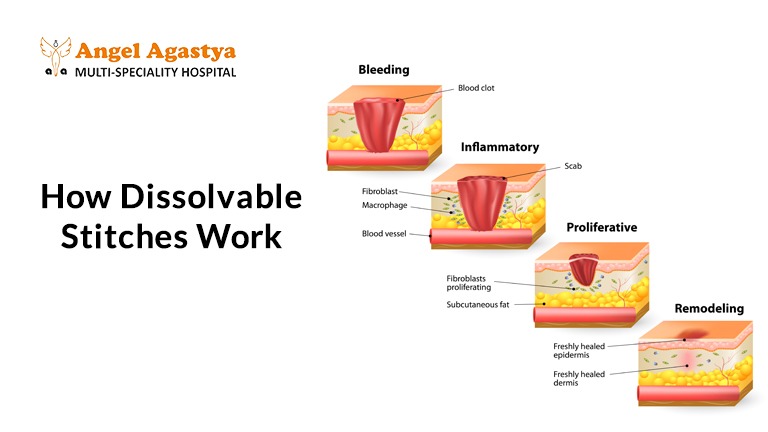
Dissolvable stitches work in harmony with the body’s natural healing process, providing temporary support as tissues repair themselves. Here’s how the process unfolds:
1. Wound Closure
When a doctor stitches a wound, the dissolvable sutures hold the wound edges together, preventing excessive movement and allowing new tissue to form.
2. Tissue Repair and Healing
The body initiates its healing response by producing collagen, a structural protein that gradually fills the wound and strengthens the tissue.
3. Stitch Absorption and Breakdown
Over time, the stitches begin to degrade as the body absorbs them.
- Synthetic Stitches: These dissolve through hydrolysis, a process in which the body’s fluids break them down into harmless molecules that are absorbed or excreted.
- Natural Stitches (Catgut): These dissolve through enzymatic degradation, where the body’s enzymes break them down and absorb them naturally.
4. Complete Healing
By the time the stitches have dissolved completely, the wound is usually strong enough to remain closed on its own, minimizing scarring and complications.
The Benefits of Dissolvable Stitches
Dissolvable stitches offer multiple advantages over traditional non-absorbable sutures, making them a preferred choice in many medical procedures.

1. No Need for Stitch Removal
One of the biggest benefits of dissolvable stitches is that they eliminate the need for a follow-up appointment for suture removal, reducing patient discomfort and stress.
2. Lower Risk of Infection
Since traditional stitches require manual removal, there’s always a small risk of introducing bacteria into the wound. Dissolvable stitches remove this risk, as they are naturally absorbed without external intervention.
3. Faster and More Convenient Recovery
Patients can heal without worrying about scheduling a return visit just to have their stitches removed, making the recovery process smoother and hassle-free.
4. Better Cosmetic Results
Dissolvable stitches often result in less visible scarring compared to non-absorbable stitches, as they minimize tissue trauma and eliminate the need for removal-related irritation.
5. Greater Comfort
Traditional stitches can sometimes cause itching, irritation, or pulling sensations as the skin heals. Dissolvable sutures reduce this discomfort, as they are designed to break down naturally without causing tension in the skin.
Common Applications of Dissolvable Stitches
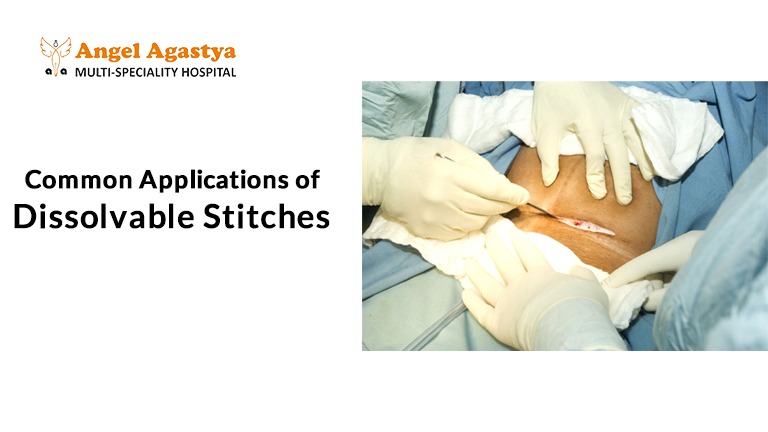
Dissolvable stitches are widely used in various medical settings, including:
1. Surgical Procedures
Dissolvable sutures are commonly used in internal surgeries such as:
- Gynecological surgeries (C-sections, hysterectomies)
- Abdominal surgeries (appendectomy, hernia repair)
- Orthopedic surgeries (ligament repairs)
- Cardiovascular surgeries (heart valve replacements, bypass surgery)
2. Wound Closure
Minor wounds, deep cuts, and lacerations that do not require long-term suture support benefit from dissolvable stitches, as they eliminate the need for removal.
3. Dental and Oral Surgeries
Dentists frequently use dissolvable stitches for tooth extractions, wisdom teeth removal, and gum surgeries. These stitches dissolve within 7-10 days, allowing for a smooth healing process.
Considerations and Precautions
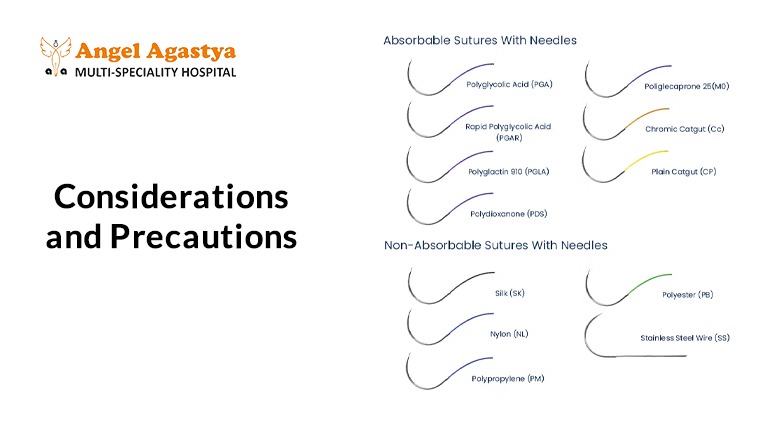
While dissolvable stitches offer many advantages, there are a few key considerations to keep in mind.
1. Healing Time Varies
The time it takes for dissolvable stitches to fully dissolve varies based on:
- The type of suture material used.
- The location and depth of the wound.
- The individual’s healing rate.
Some stitches dissolve within a week, while others take several months.
2. Possible Complications
Although rare, potential complications include:
- Infection at the suture site.
- Incomplete absorption, where part of the suture remains under the skin longer than expected.
- Inflammation or allergic reactions to the suture material.
3. Importance of Post-Operative Care
Following your doctor’s instructions is essential for optimal healing. This includes:
- Keeping the wound clean and dry.
- Avoiding excessive movement that could reopen the wound.
- Monitoring for signs of infection, such as redness, swelling, or pus.
How to Care for Dissolvable Stitches at Home

1. Keep the Wound Clean
- Follow your doctor’s cleaning instructions (some wounds require gentle washing, while others should remain dry).
2. Avoid Scratching or Picking at the Stitches
- Let the sutures dissolve on their own—picking at them can cause infection or delay healing.
3. Watch for Signs of Infection
Seek medical attention if you experience:
- Persistent redness or swelling.
- Oozing pus or foul-smelling discharge.
- Fever above 100.4°F (38°C).
4. Follow Activity Restrictions
- Avoid heavy lifting or strenuous exercise until your doctor gives you clearance.
Conclusion
Dissolvable stitches represent a significant advancement in wound care, making recovery more comfortable and efficient for patients. By eliminating the need for suture removal, reducing the risk of infection, and improving cosmetic outcomes, these innovative sutures play a crucial role in modern medical practices.
While they offer many benefits, proper post-operative care is essential to ensure optimal healing. By understanding how dissolvable stitches work and following medical advice, patients can experience a smooth and stress-free recovery journey.
FAQs
1. How long do dissolvable stitches take to dissolve?
The time it takes for dissolvable stitches to dissolve varies depending on the material used and the location of the wound. Some stitches dissolve within 7-10 days, while others may take several weeks to a few months. Your doctor will inform you of the expected timeline based on your specific case.
2. Do dissolvable stitches need to be removed?
No, dissolvable stitches naturally break down and are absorbed by the body, eliminating the need for removal. However, if a stitch does not fully dissolve or causes irritation, a doctor may need to remove any remaining pieces.
3. Can I shower with dissolvable stitches?
It depends on your doctor’s instructions. In many cases, you can shower 24 to 48 hours after surgery but should avoid soaking the wound in water (baths, swimming pools, or hot tubs) until it is fully healed. Always pat the area dry after showering.
4. What should I do if my dissolvable stitches start coming out early?
If a stitch starts to come loose before the wound is fully healed, avoid pulling it out. Instead, contact your doctor for advice. In many cases, it is a normal part of the healing process, but medical confirmation is recommended.
5. How can I tell if my dissolvable stitches are infected?
Signs of infection include:
- Increased redness, swelling, or warmth around the stitches.
- Pus or foul-smelling discharge from the wound.
- Persistent pain that worsens over time.
- Fever above 100.4°F (38°C).
If you notice any of these symptoms, seek medical attention immediately.
6. Why do some dissolvable stitches take longer to disappear?
The absorption rate of dissolvable stitches depends on the type of material used and how deep the sutures are placed. Thicker, longer-lasting stitches (such as polydioxanone) take months to dissolve, while thinner stitches (like Vicryl Rapide) dissolve within days or weeks.
7. Can I exercise with dissolvable stitches?
It depends on the location of your stitches and your doctor’s instructions. Strenuous activities, heavy lifting, and stretching should be avoided until your doctor gives you clearance. Excessive movement may cause the stitches to break or slow down the healing process.
8. Will dissolvable stitches leave scars?
Dissolvable stitches generally result in minimal scarring, especially compared to traditional sutures. However, factors like wound depth, location, and personal healing ability play a role. Keeping the wound clean and avoiding unnecessary strain can help reduce scarring.
9. Can dissolvable stitches cause allergic reactions?
In rare cases, some people may experience an allergic reaction to the suture material, leading to redness, swelling, or irritation. If you suspect an allergic reaction, consult your doctor for evaluation and possible removal of the stitches.
10. What happens if dissolvable stitches don’t dissolve?
While rare, some dissolvable stitches may take longer than expected to break down. If they remain under the skin longer than necessary or cause irritation, a doctor can safely remove them. Always follow up if you have concerns about incomplete absorption.

